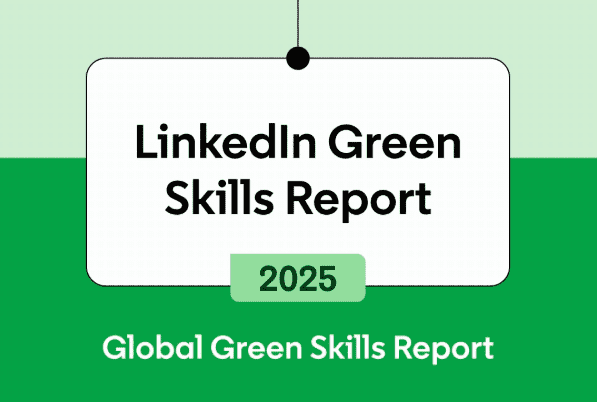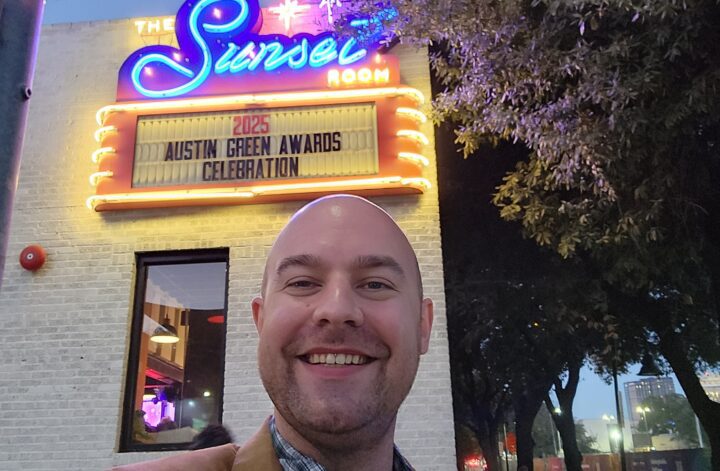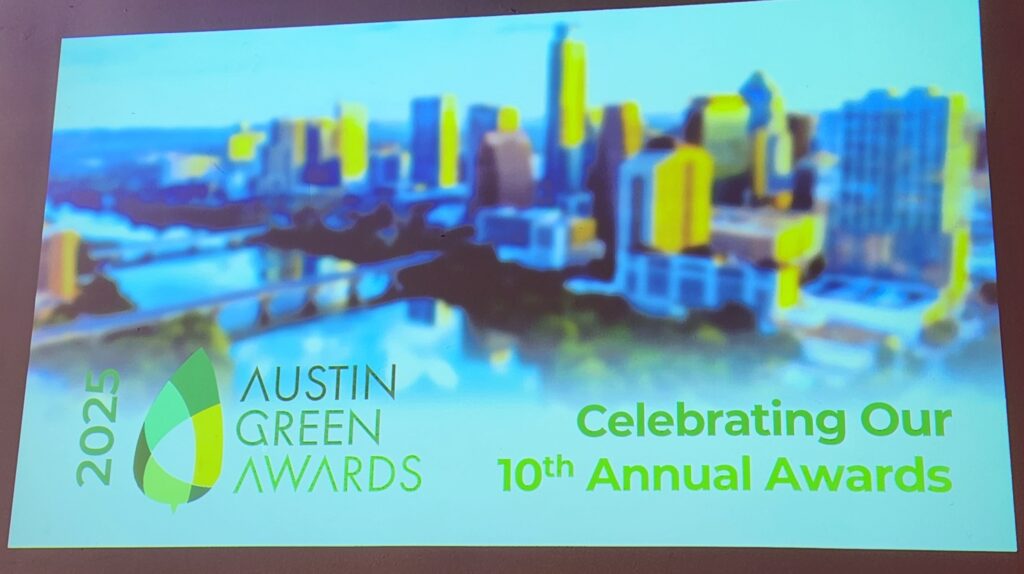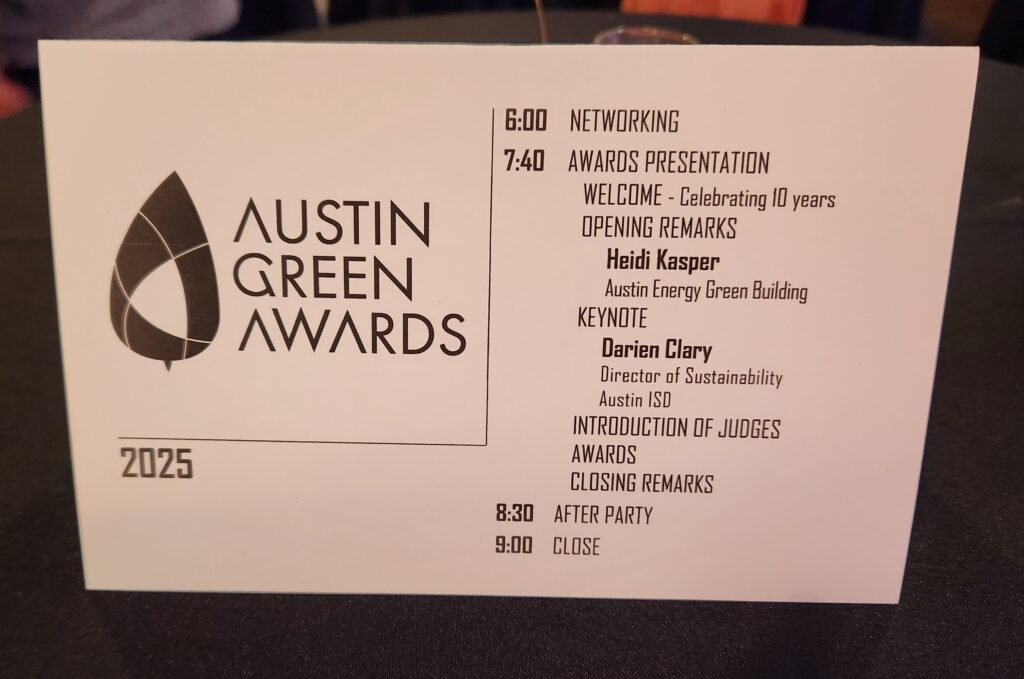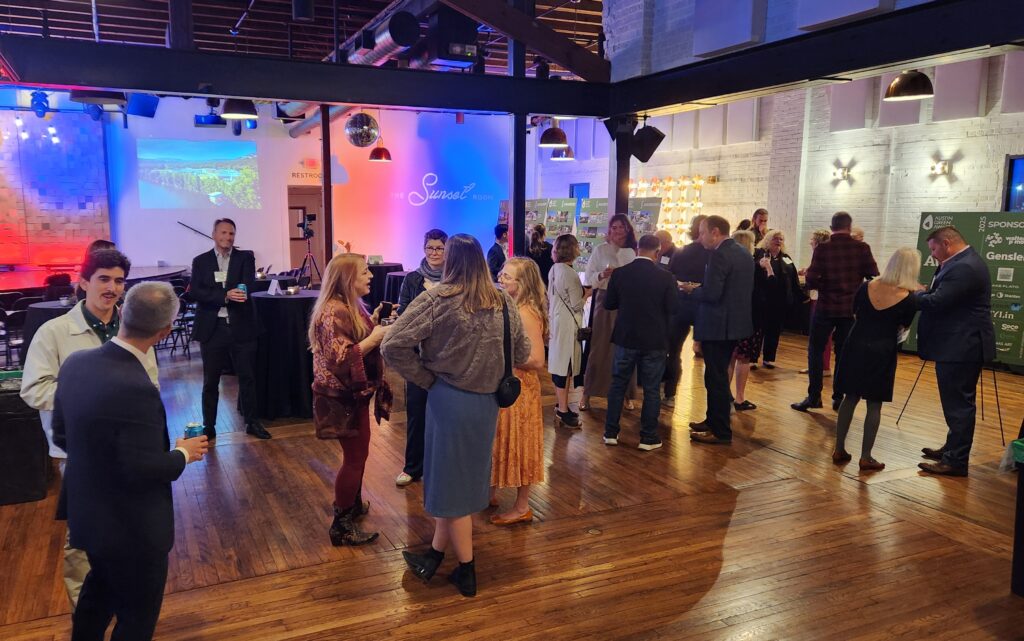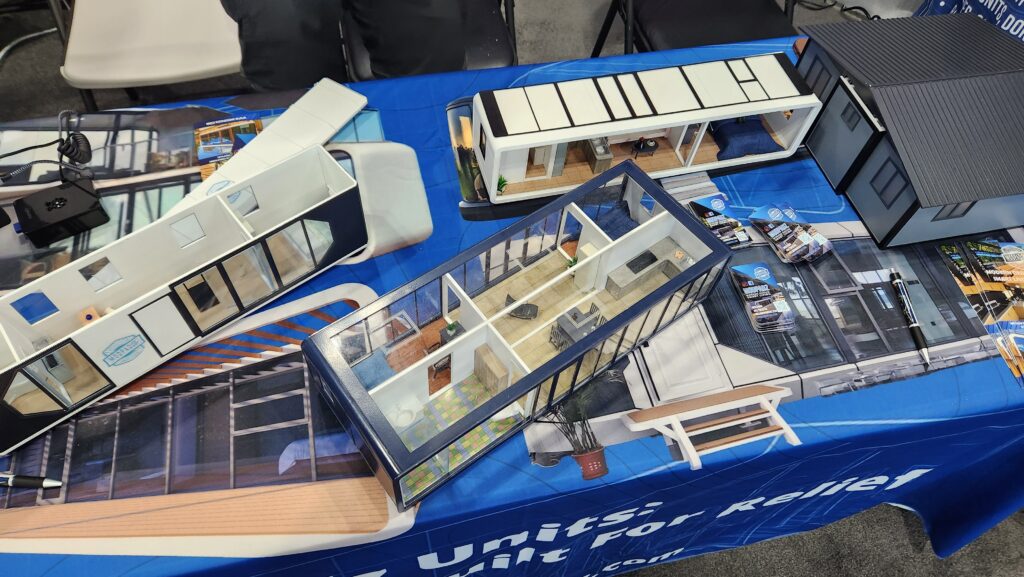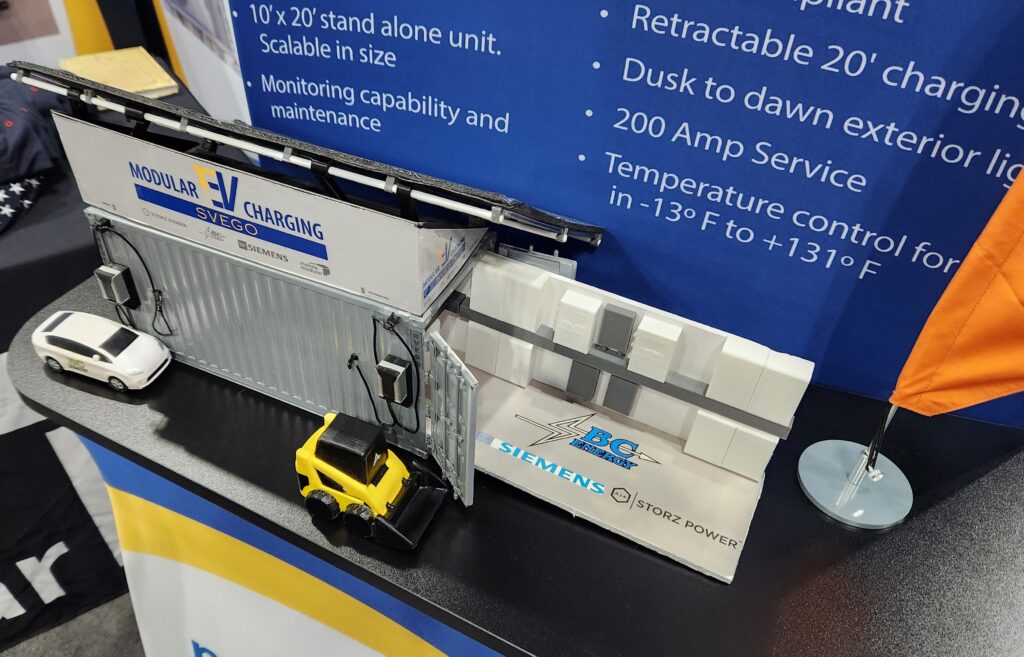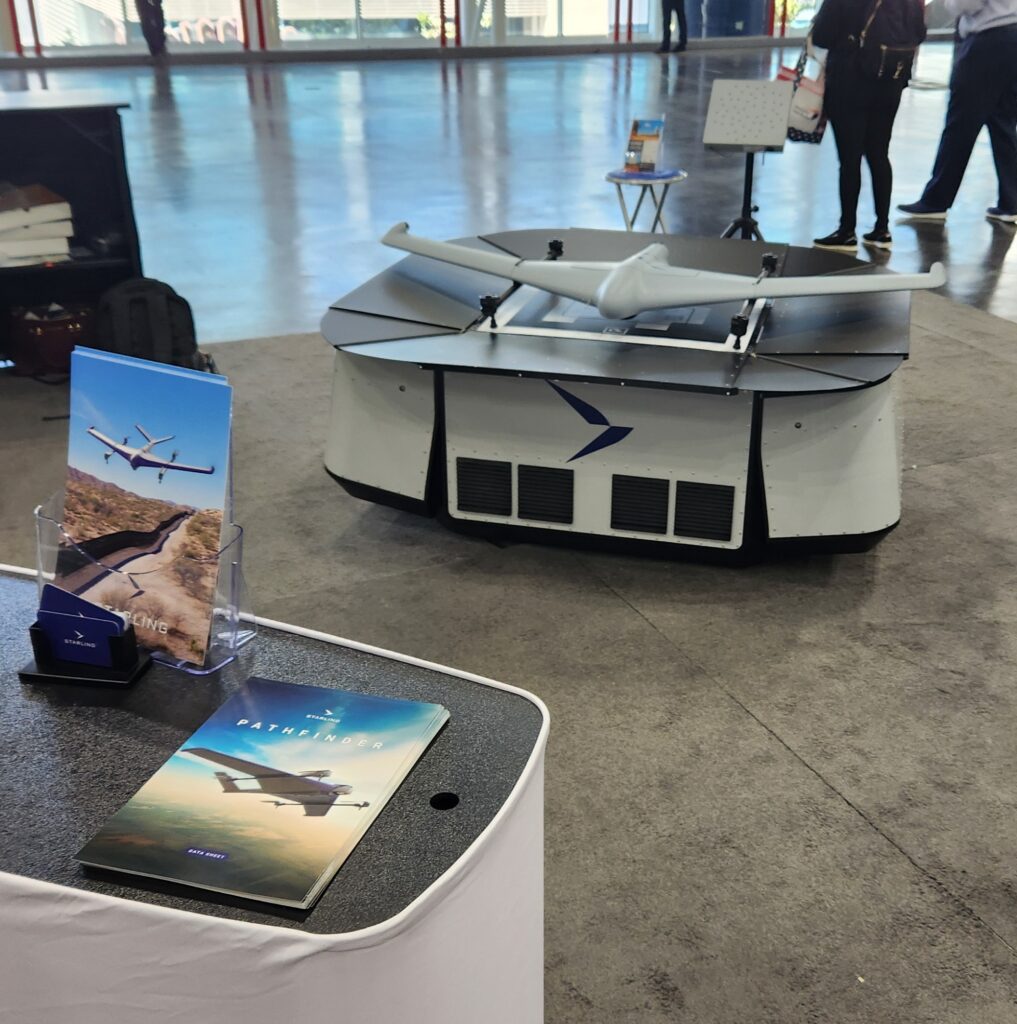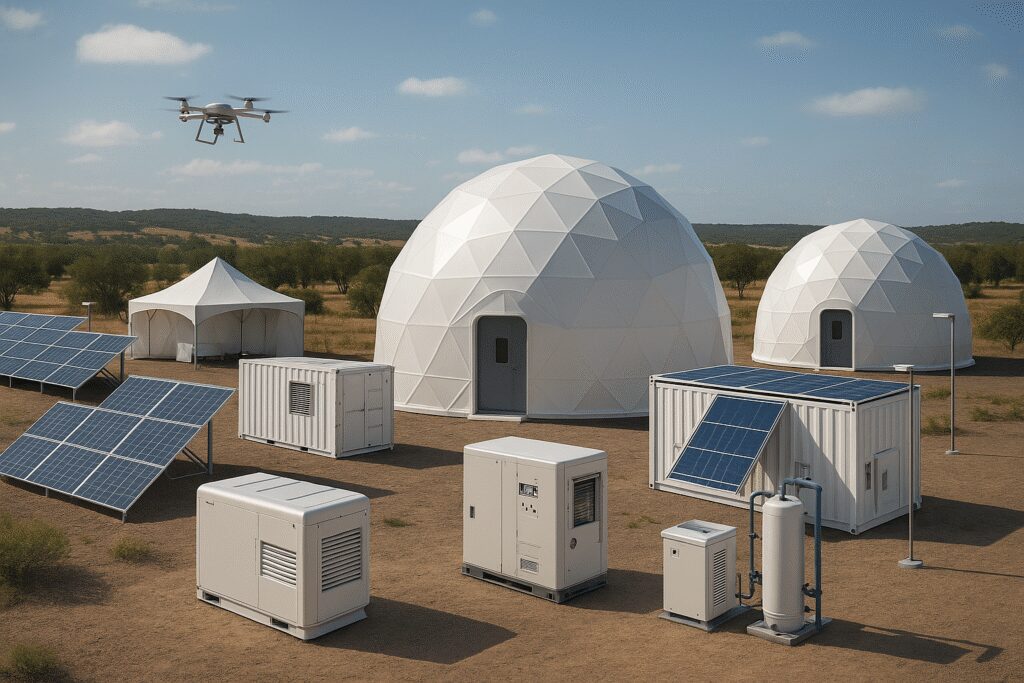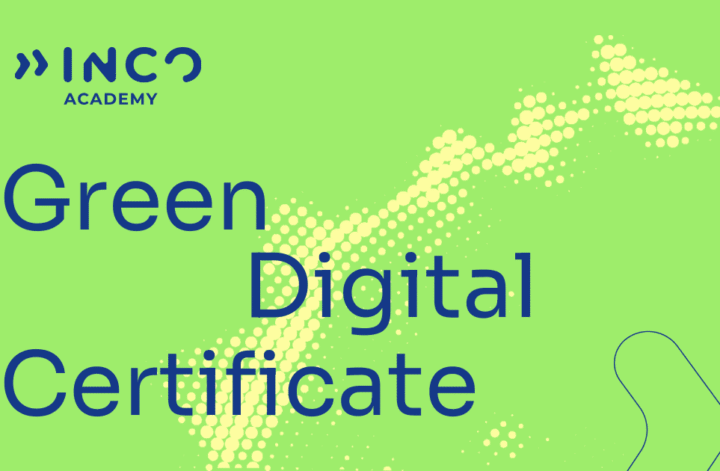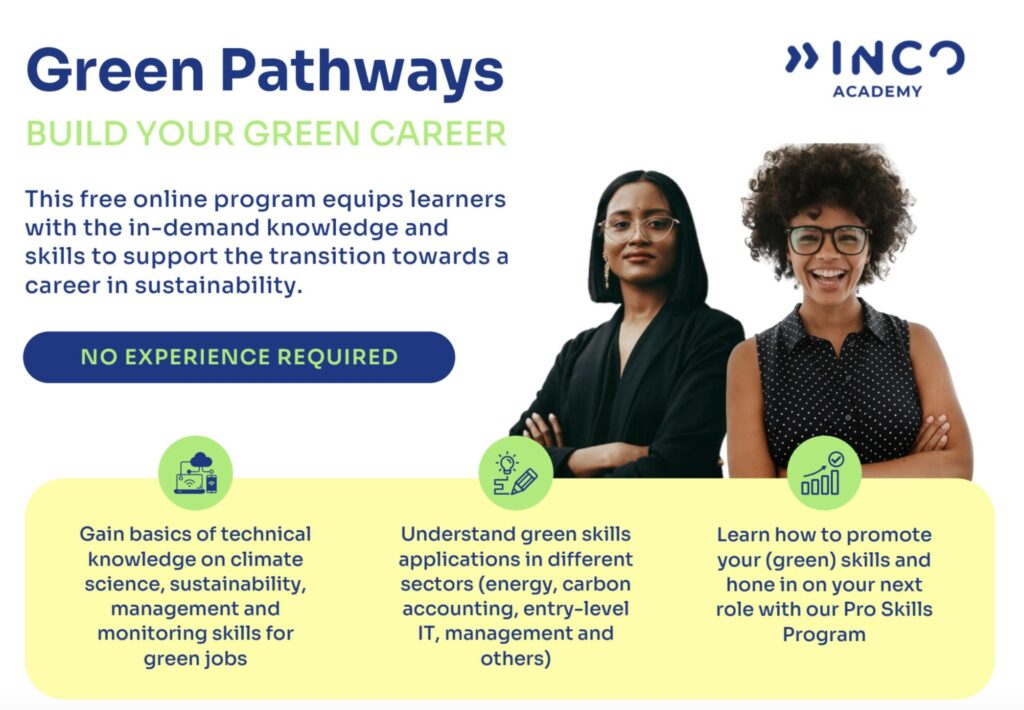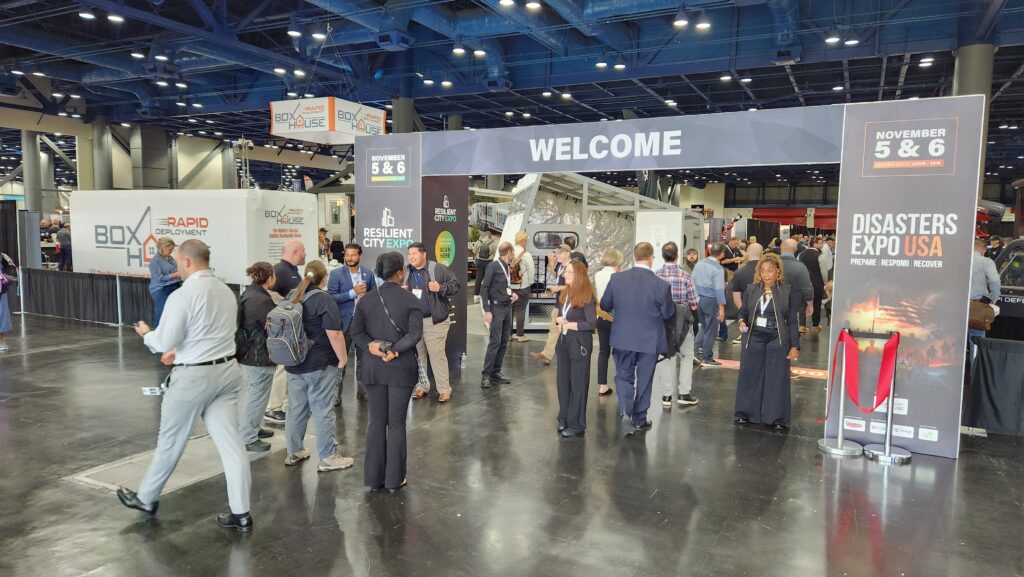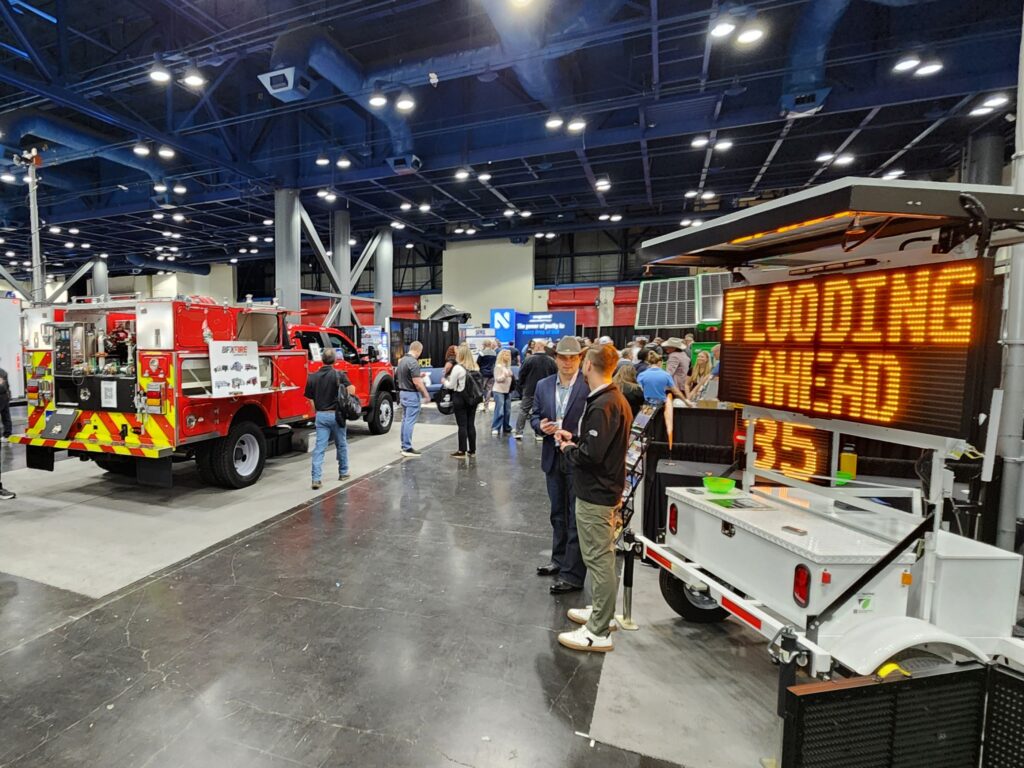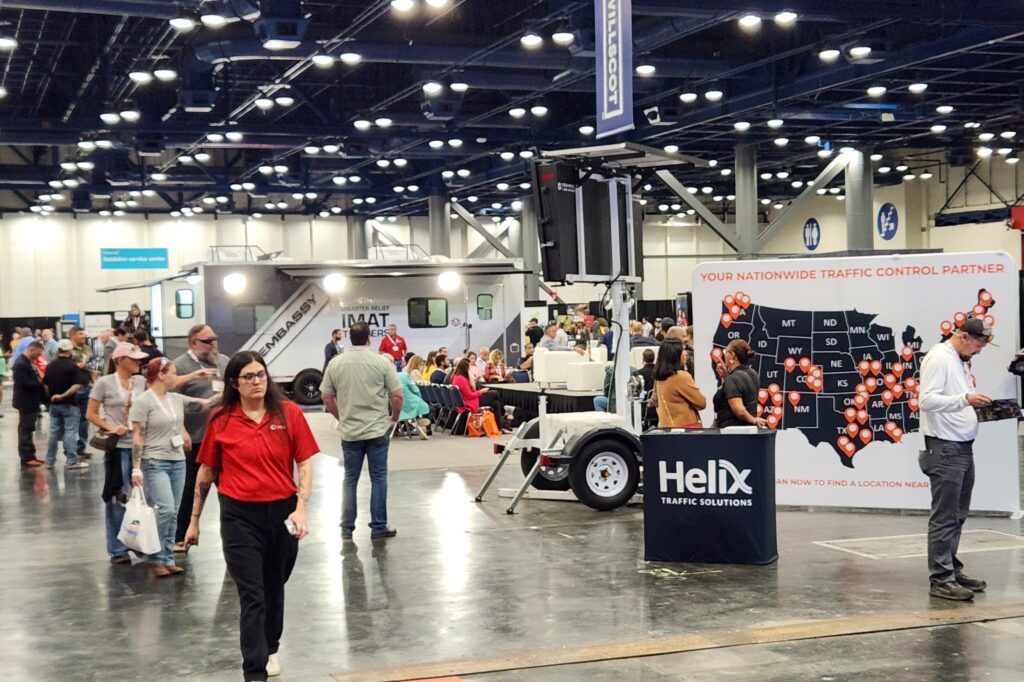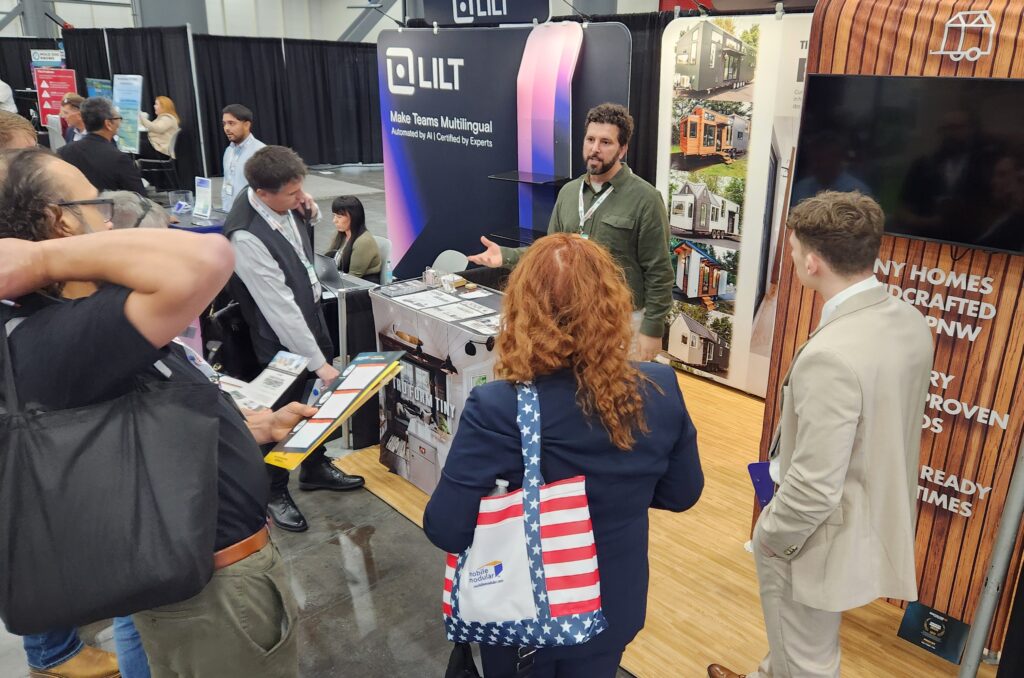This past Saturday, I found myself in two very different corners of Austin’s sustainability landscape – one inside Patagonia’s Austin store during their Climate Progress & Pints Happy Hour, and the other hoping around downtown and East Austin with my friend Erin, canvassing local cafés to accept reusable cups as promoted by Austin Reuse Coalition (ARC).
Both moments were focused on small, local, and community-driven efforts – and they reminded me just how much meaningful climate action begins at the neighborhood level.


